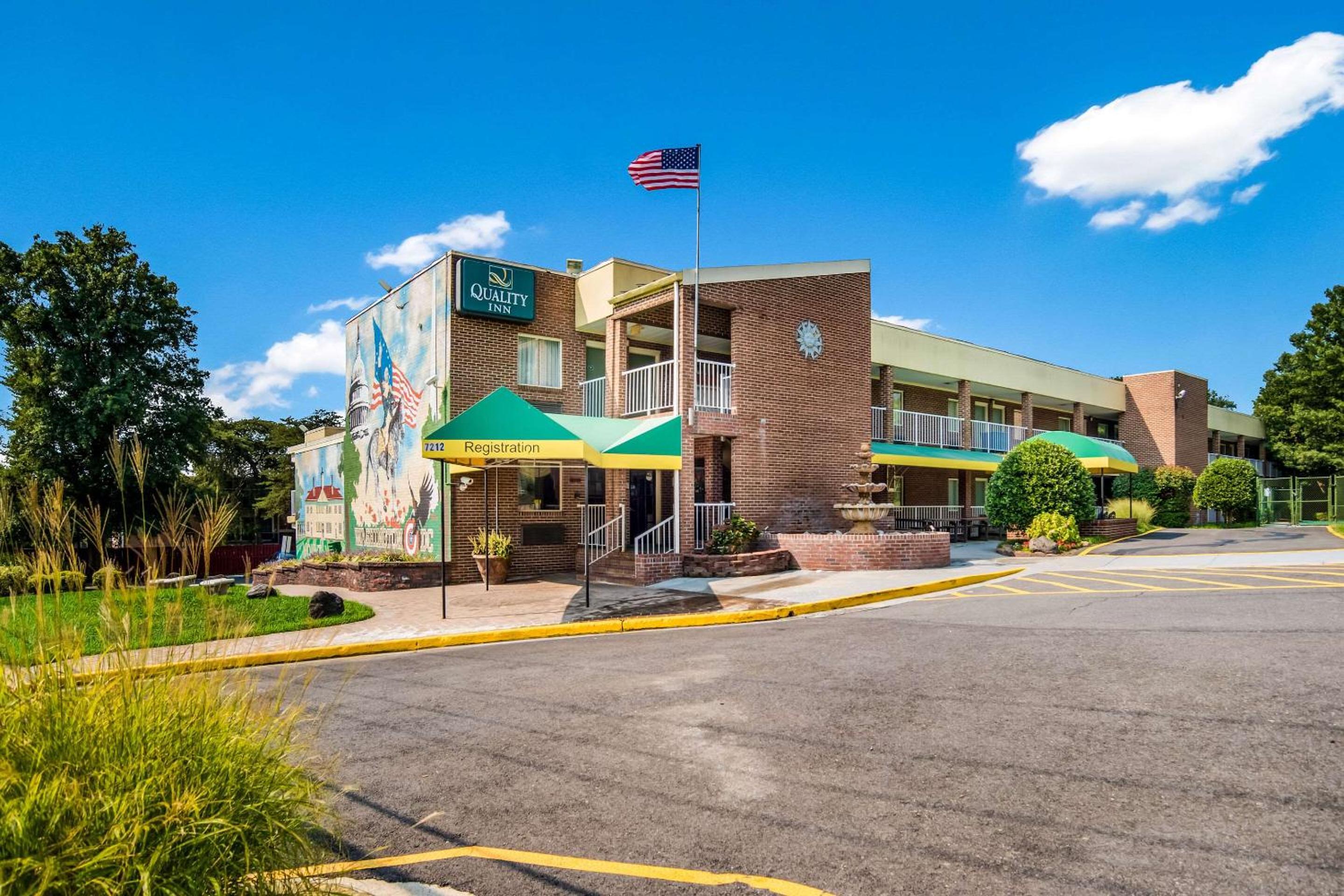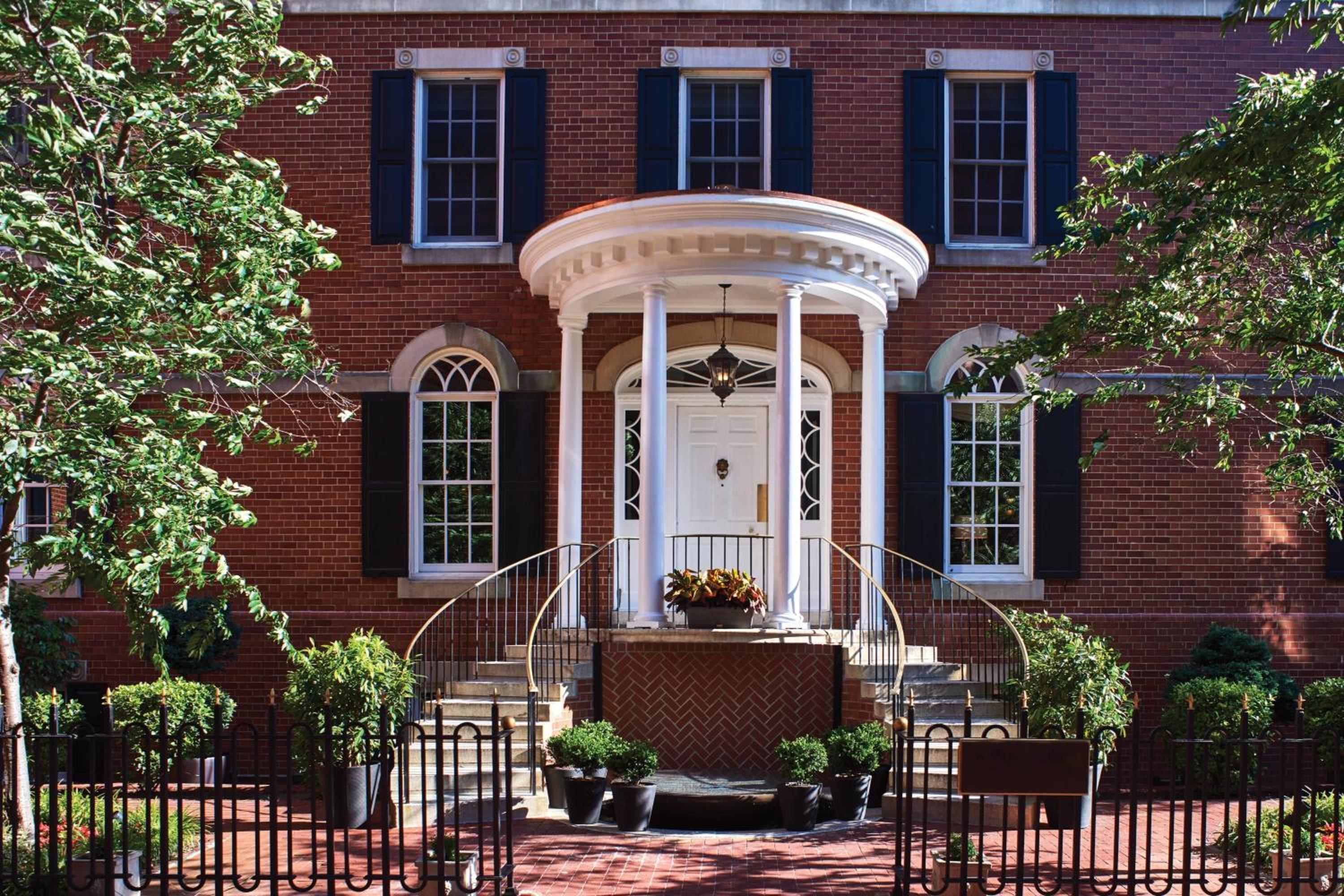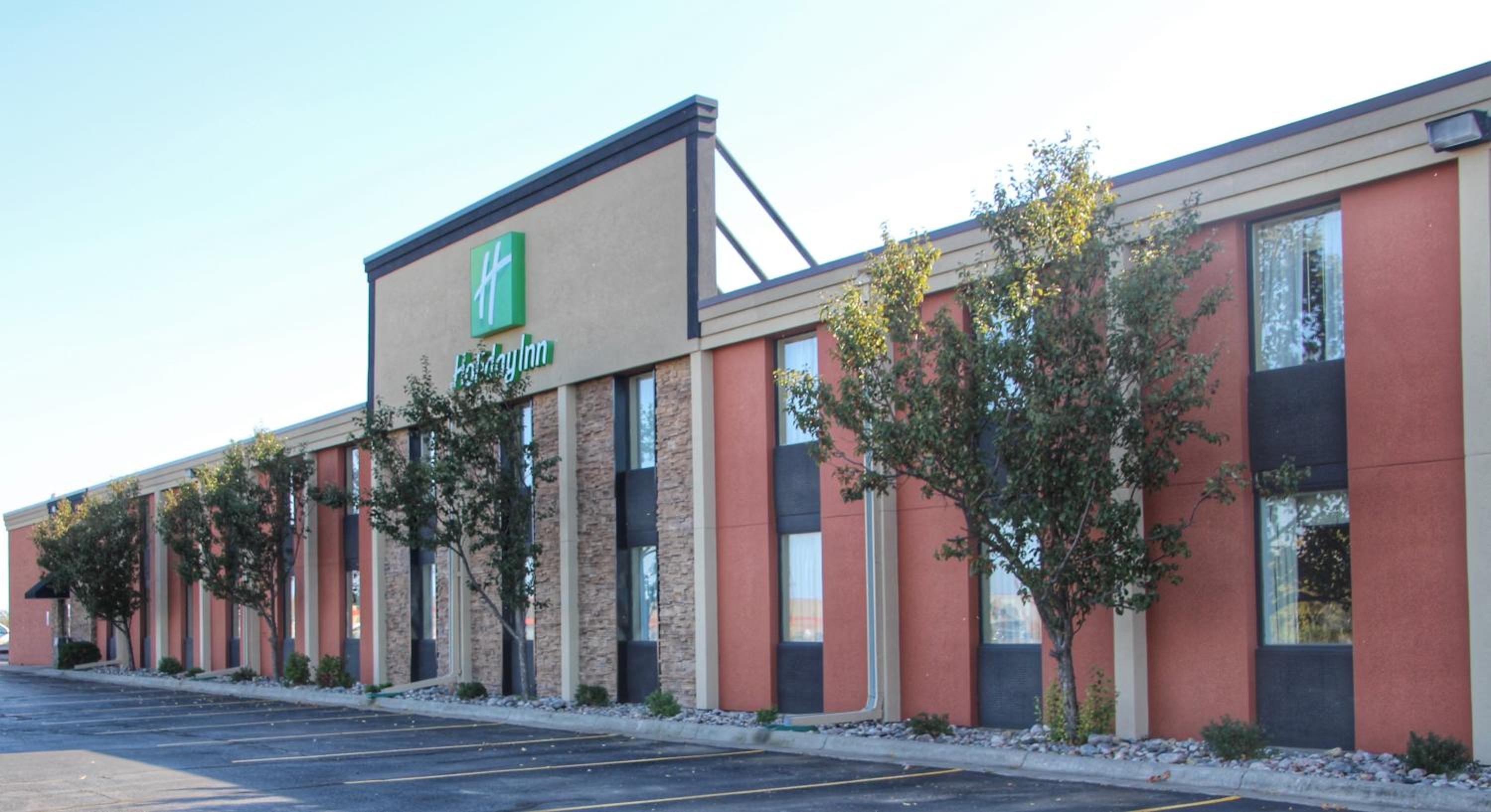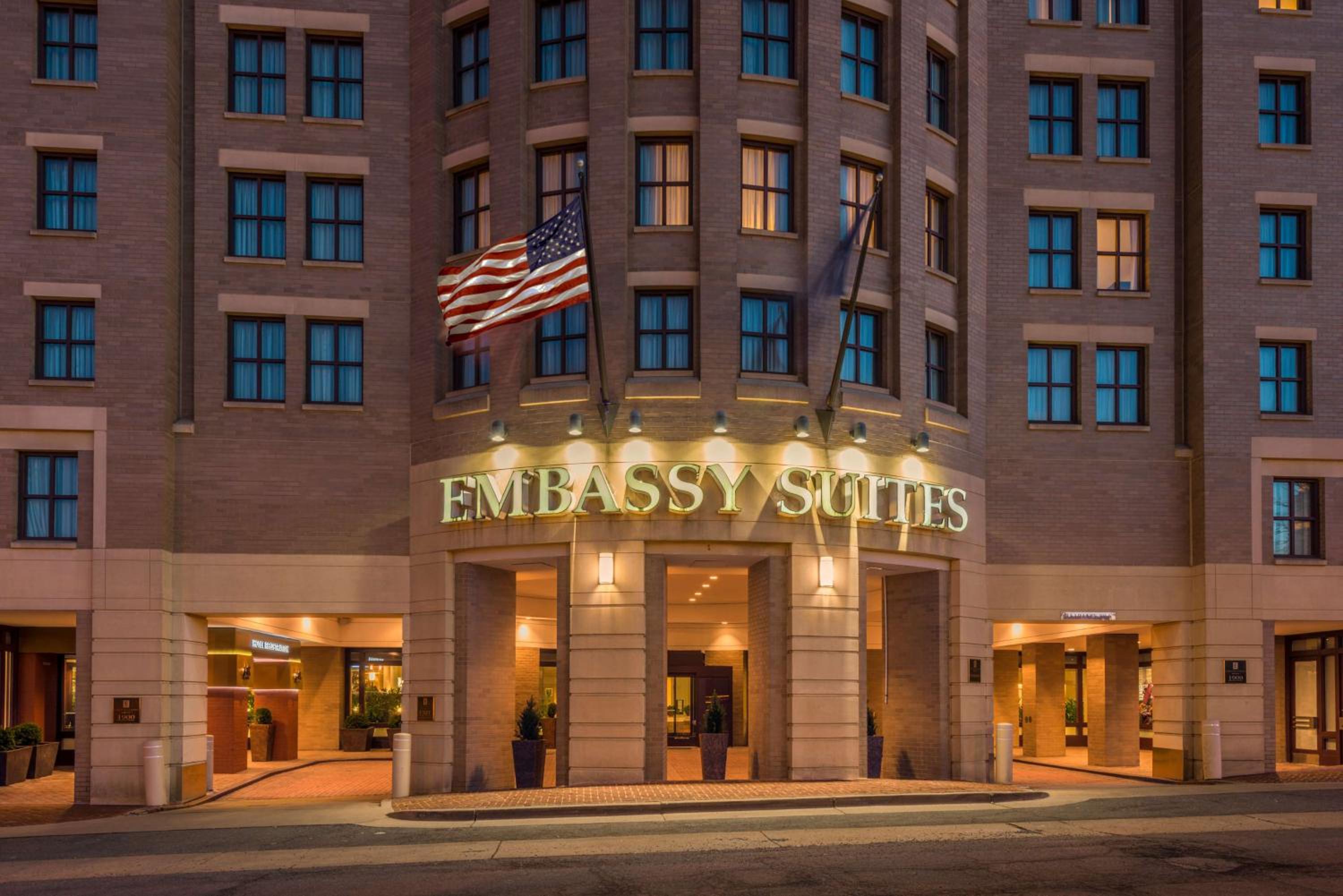
Alexandria
Overview
Immerse yourself in the rich history of Alexandria, Virginia, a city brimming with charm and character. From the cobblestone streets of Old Town to the waterfront parks along the Potomac River, Alexandria offers a unique blend of historical landmarks and modern amenities. Explore George Washington's Mount Vernon, stroll along the scenic waterfront, and indulge in the vibrant culinary scene that makes Alexandria a captivating destination.
Best Time to Travel
Best Months
Spring and Fall
Pleasant weather conditions
Months to Avoid
Check local weather patterns
Consider visiting during other months
Peak Season
Summer months
Expect larger crowds and higher prices
Top Things to Do

Boulder Bridge

Bollman Iron Truss Bridge

The White House

National Building Museum

National Gallery of Art

George Washington's Mount Vernon

Washington Monument

Lincoln Memorial

Smithsonian National Zoological Park

Smithsonian National Museum of Natural History

Library of Congress

Smithsonian National Air and Space Museum

Arlington National Cemetery

National Museum of the American Indian

Smithsonian National Museum of American History

Steven F. Udvar-Hazy Center

John F. Kennedy Center for the Performing Arts

United States Capitol

National Mall

Montpelier Farms

Club Wyndham National Harbor

Phoenix Park Hotel

The Jefferson, Washington, DC

The Georgetown Inn

Lansdowne Resort

Old Ebbitt Grill

Shake Shack Dupont Circle

Founding Farmers DC

Hotel Madera

Rasika

Central Michel Richard

Barcode
Recommended Hotels
Search All Hotels
Courtyard by Marriott Alexandria Pentagon South
4641 Kenmore Ave

Crowne Plaza Old Town Alexandria
901 N Fairfax St

The Alexandrian Old Town Alexandria, Autograph Collection
480 King St.

Holiday Inn Alexandria at Carlyle by IHG
2460 Eisenhower Ave

Red Roof Inn Alexandria, LA
2716 N Macarthur Drive

Days Inn by Wyndham WestEnd Alexandria,VA Washington DC Area
110 S Bragg St

Quality Inn Mount Vernon
7212 Richmond Hwy

Holiday Inn Alexandria - Downtown, an IHG Hotel
701 4th St.

Motel 6-Alexandria, LA - South
742 Macarthur Drive

Days Inn by Wyndham Alexandria South
6100 Richmond Hwy

Hilton Alexandria Mark Center
5000 Seminary Rd

Relax Inn
4810 Highway 29 South

Arrowwood Resort Hotel and Conference Center - Alexandria
2100 Arrowwood Lane NW

Morrison House Old Town Alexandria, Autograph Collection
116 S Alfred Street

Fairfield Inn & Suites by Marriott Alexandria West/Mark Center
6254 Duke St

Hampton Inn Alexandria
4800 Leesburg Pike

Hotel AKA Alexandria
625 First St

Holiday Inn Alexandria by IHG
5637 Highway 29 South

Sheraton Suites Old Town Alexandria
801 N Saint Asaph Street

Four Points by Sheraton Alexandria
2301 North Macarthur Dr

Quality Inn & Suites Alexandria
5304 Highway 29 S

Homewood Suites by Hilton Alexandria
4850 Leesburg Pike

Embassy Suites by Hilton Alexandria Old Town
1900 Diagonal Rd

Courtyard Alexandria Old Town/Southwest
2700 Eisenhower Ave
Looking for More Options?
Browse thousands of hotels in Alexandria with real-time pricing and availability
Browse All HotelsPowered by our hotel partners
Recommended Restaurants





Interesting Facts
This destination has a rich cultural heritage spanning centuries
Known for its unique architecture and historic landmarks
Popular tourist destination with millions of visitors annually
Home to vibrant local markets and traditional crafts
Features a diverse culinary scene with local specialties
Offers a mix of modern amenities and traditional charm